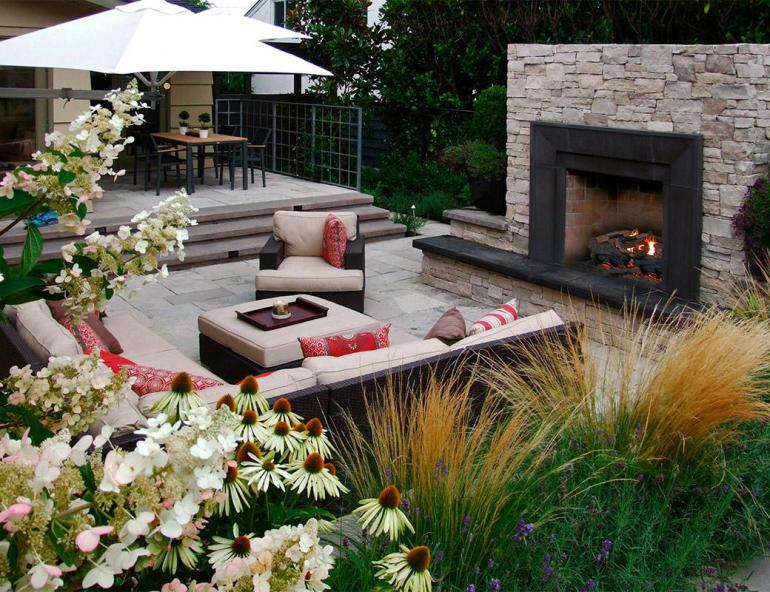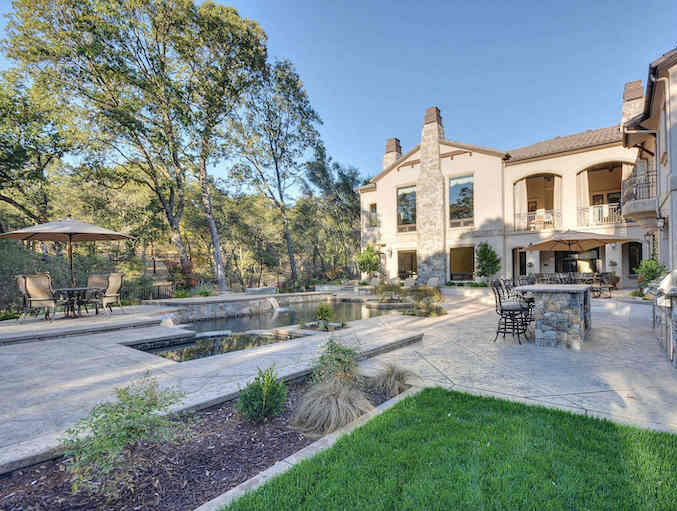In today’s blog, we asked our local AI chatbot to write a how-to on building retaining walls. All errors to follow may be blamed on technology. All humor is the fine work of brilliant humans at PBM. Get your notepads, and let’s begin.
A retaining wall is a structure that holds back soil or other materials. They are often used to create level areas in sloping yards, to support walkways and patios, or to create raised beds for gardening. Retaining walls can be made from a variety of materials, including concrete, stone, brick, and wood.
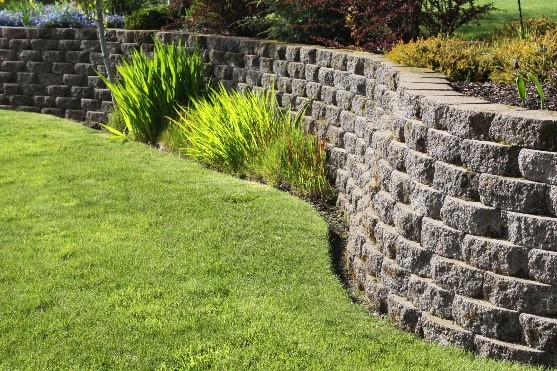
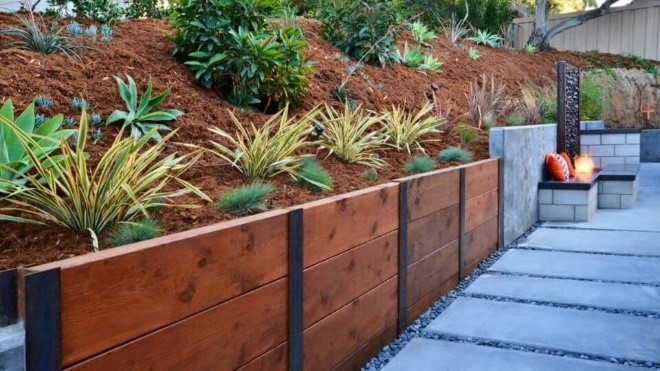
Steps (must be read in a robot voice):
- Plan the location of the wall. Measure the length and width of the area where you want to build the wall—Mark off the area with stakes and string. If the wall is curved, use paint to mark the shape and location of the wall.
2. Dig a trench. The trench should be at least 6 inches deep and 12 inches wide and possibly larger depending on wall height. The bottom of the trench should be level.

3. Lay the base. Place a gravel or crushed stone layer in the bottom of the trench. Check your local codes to determine the gravel size. Tamp the gravel down to create a solid base.
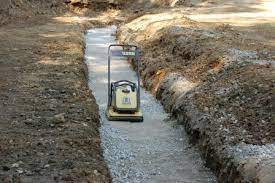
4. Lay the first course of blocks. Start at one end of the trench and lay the first course of blocks level.
5. Cut end blocks. If the wall is not a straight line, you will need to cut end blocks to fit. Use a masonry saw to cut the blocks.
6. Lay additional courses. Continue laying courses of blocks, staggering the joints.
7. Install drain pipe (AI said this was optional. We here at PBM strongly recommend it). If the area where you are building the wall is prone to rain, you’ll need to install a drain pipe behind the wall. The drain pipe will help to prevent water from pooling behind the wall and causing it to bulge, lean or fail.
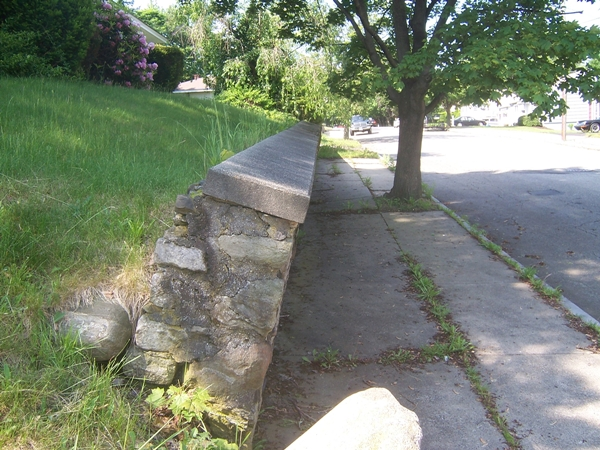
8. Backfill the wall. Once the wall is complete, backfill the area behind the wall with more drain rock. Tamp the backfill down to create a solid foundation. A short layer of soil at the top of the drain rock is ok.
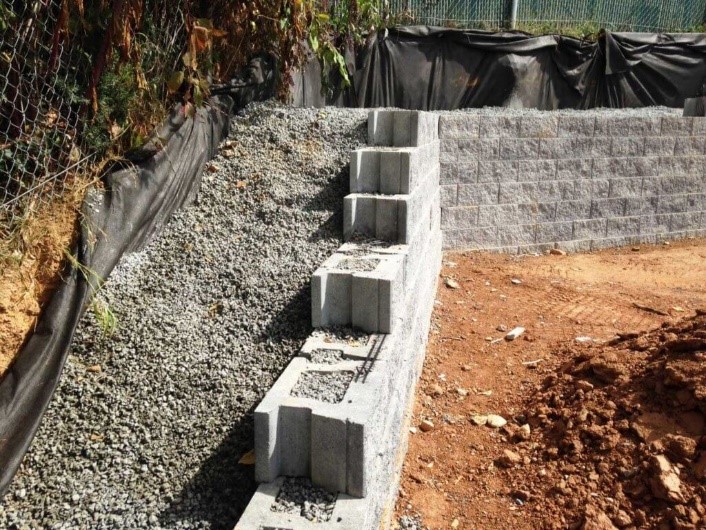
9. Finish the wall. Add a top cap on your wall for aesthetics and a comfy seat. You can also add plants or flowers to the area around the wall to add interest and beauty.
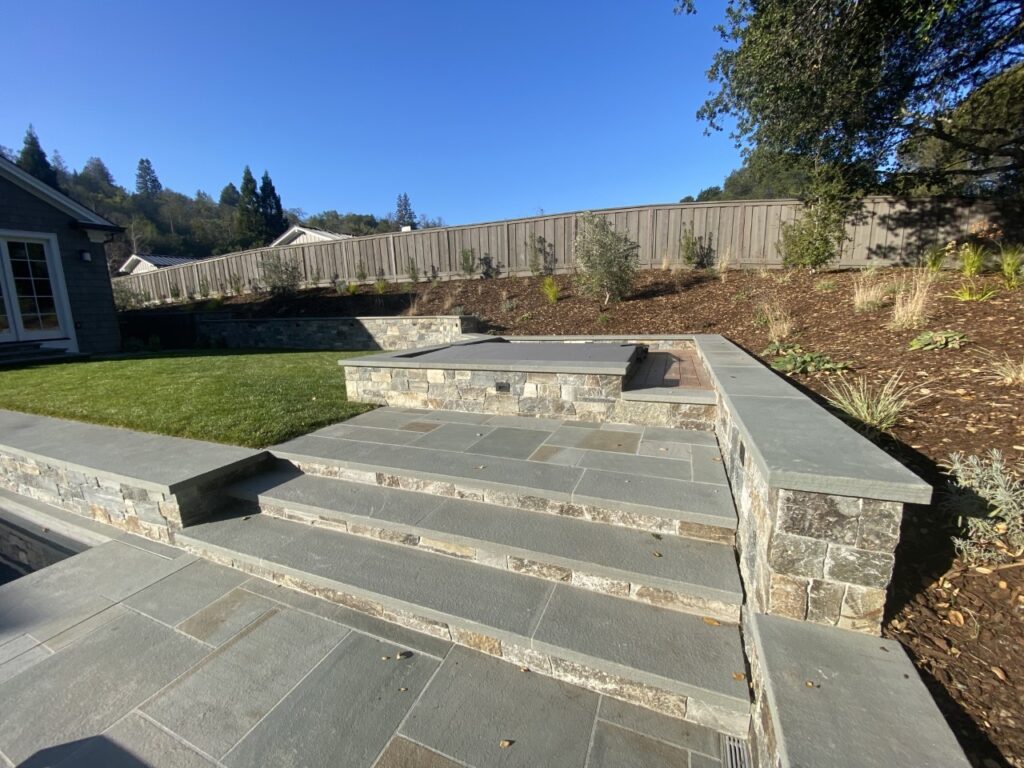
Tips for Building a Retaining Wall
- Use the right materials. The type of material you use will depend on the height and length of the wall, as well as the climate in your area.
- Make sure the wall is level. Spend time preparing that first row nice and level and the rest will be easier.
- Stagger the joints. Staggering the joints will help to prevent the wall from bowing or cracking.
- Backfill. Backfilling the wall properly will help to prevent it from bulging. Don’t just dump dirt back there. Dirt will swell with water and that weight will do things to your wall that you won’t like. And kicking the wall after it fails won’t help.
Retaining Walls and Codes
Check with your local building department to find out if there are any codes that apply to retaining walls in your area. Some regulations may require you to obtain a permit before building a retaining wall, or they may restrict the height and materials that can be used.
For great solutions for precast concrete products, we recommend companies like Calstone, Belgard, and Basalite, which offer quality products with a bit more style than those grey cinderblocks.
Building a retaining wall can be a great way to add beauty and functionality to your yard. Following these steps, you can create a safe and sturdy retaining wall that will last many years. Browse other Wall Systems.


